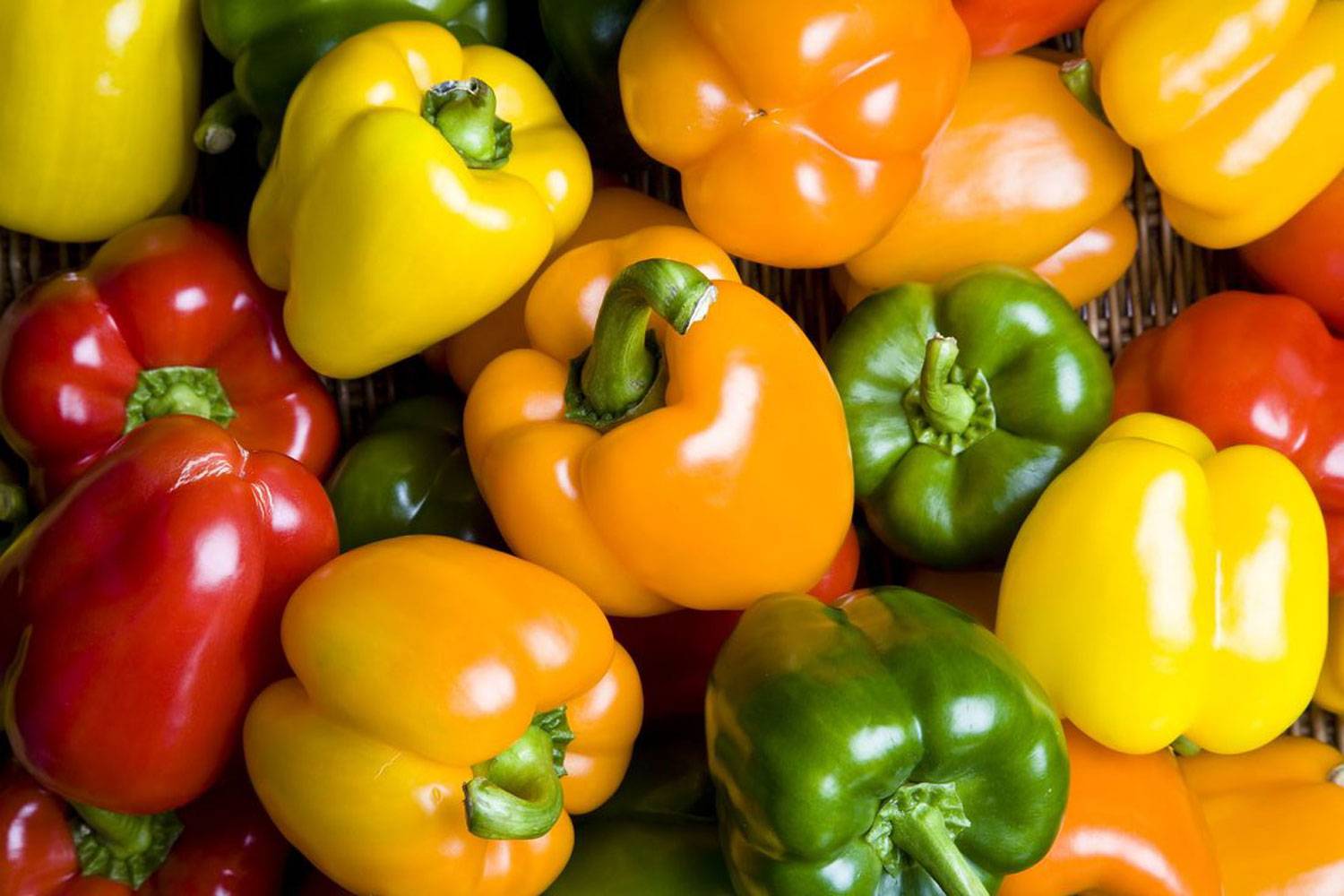Crops
Capsicum

Capsicum
Capsicum, commonly known as bell pepper or sweet pepper, is native to the Americas. It was cultivated by indigenous peoples in Central and South America long before the arrival of Europeans. After the Columbian Exchange, capsicum spread to Europe and other parts of the world, where it became a popular ingredient in various cuisines due to its vibrant colors and sweet, mild flavor.
Global Area and Production
Capsicum is grown on approximately 1.5 million hectares globally. Major producers include China, Mexico, India, and the United States. India is among the top producers, contributing significantly to the global supply of capsicum. The crop's popularity is due to its versatility in culinary applications and its nutritional benefits.
Uses of Capsicum
- Culinary: Capsicum is used fresh, cooked, or pickled in a variety of dishes, including salads, stir-fries, soups, and sauces. It adds color and flavor to meals and can be consumed raw or cooked.
- Nutritional Value: Capsicum is rich in vitamins A and C, antioxidants, and dietary fiber. It is known for its health benefits, including boosting the immune system, improving vision, and supporting overall wellness.
- Industrial Uses: Capsicum extracts, particularly those containing capsaicin, are used in the production of dietary supplements, pain relief ointments, and even pest repellents.
Capsicum Cultivation in India
Major Growing Areas
In India, capsicum is cultivated in several states, with major production areas including Himachal Pradesh, Karnataka, Maharashtra, Punjab, and Uttar Pradesh. Himachal Pradesh is particularly known for its significant capsicum production due to its favorable climate for the crop.
Climate Requirements
- Temperature: Capsicum thrives in a moderate climate, with an ideal temperature range of 20-30°C. It requires consistent warmth and is sensitive to frost and extreme temperatures.
- Rainfall: Capsicum requires moderate rainfall, typically between 800-1,200 mm annually. Adequate moisture is crucial for healthy plant growth and fruit development, but excessive rainfall can lead to fungal diseases.
Soil Requirements
Capsicum grows best in well-drained, loamy or sandy loam soils rich in organic matter. The ideal soil pH for capsicum cultivation is between 6.0 and 7.0. Good soil drainage is essential to prevent waterlogging and root diseases, which can adversely affect crop yield and quality.
Blog
Explore Our Blog

About Us
Welcome to Agriplaza
Welcome to Agriplaza. India's first and only comprehensive digital platform dedicated to agriculture and farmers. Explore widest range of related data our figures speaks a lot.
718704
Visitors
239
Diseases
131
Pests




